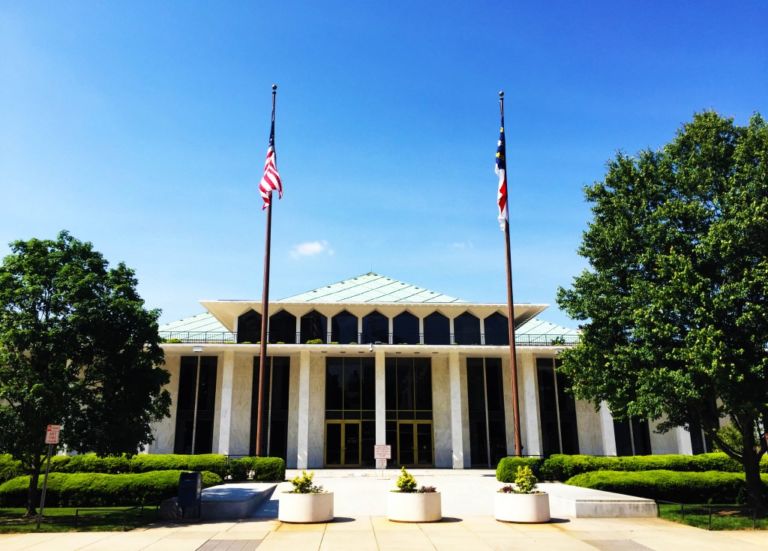As you may know, state education officials have held three public hearings to help them determine which of the state’s three residential schools should be closed. (It also makes good theater.) The state budget requires the NC Department of Public Instruction to make their recommendations to a legislative committee in January.
Let’s should consider the following:
- As enrollment declined, costs soared. Seven years ago, the schools served over 300 students. Now, the NC School for the Deaf (Morganton), the Governor Morehead School for the Blind (Raleigh), and the Eastern NC School for the Deaf (Wilson) serve approximately 220 students. At the same time, costs rose significantly. During the 2008-09 school year, average per pupil expenditures ranged from $82,053 (ESD) to $112,314 (GMS). The NC School for the Deaf split the difference at $91,094 per student. This is just not sustainable in the current budget environment.
- At the same time, students have struggled academically. Without a doubt, the residential schools provide more than just academic instruction. They teach blind and deaf children life skills. Nevertheless, we should expect some kind of academic return on our significant investment. According to state data, “55% of the students who left the schools in the past 10 years did not earn academically based exit documents.” Of those who graduated in the last ten years, “45% of students exited would have been qualified to enter two- or four-year institutions of higher learning.” Residential students also struggled to improve their performance on state end-of-grade tests designed for children who have a disability (NCEXTEND, NCCLAS, and portfolio assessments).
- Many other states have been unable to maintain separate and/or multiple residential schools for the deaf and blind. Thirteen states have combined (deaf and blind) schools. Nebraska closed their school for the deaf in 1998 and Wyoming closed their school two years later. Oregon closed their school for the blind last year. Three states maintain “day only” schools for hearing impaired students. Also note that other states do more with less. California has four residential schools for a student population that is four times that of North Carolina. As for the largest states in the South, Texas has two residential schools, and Florida maintains only one combined school.
- Finally, NC residential schools serve a small portion of the deaf and/or blind student population. Last year, our traditional public schools served 2,058 hearing impaired students, 56 deaf students, and 31 deaf-blind students. That is a total of 2,145 students compared to the 220 or so served by the residential schools.


